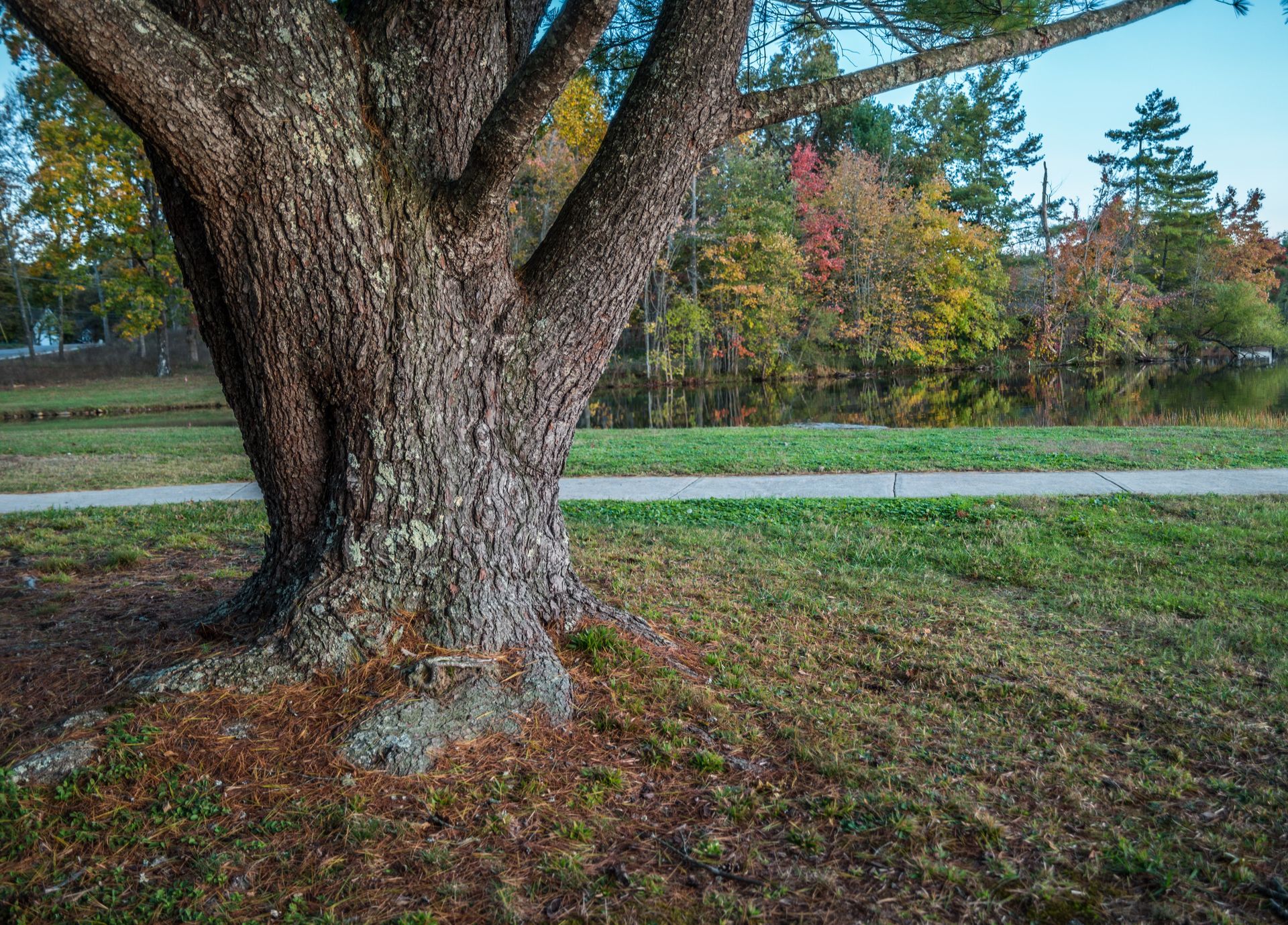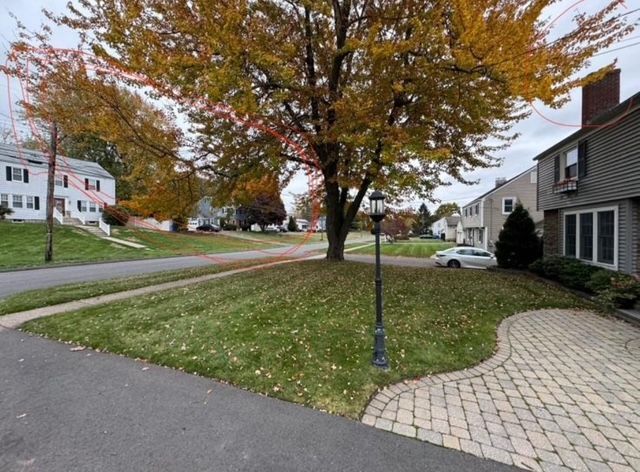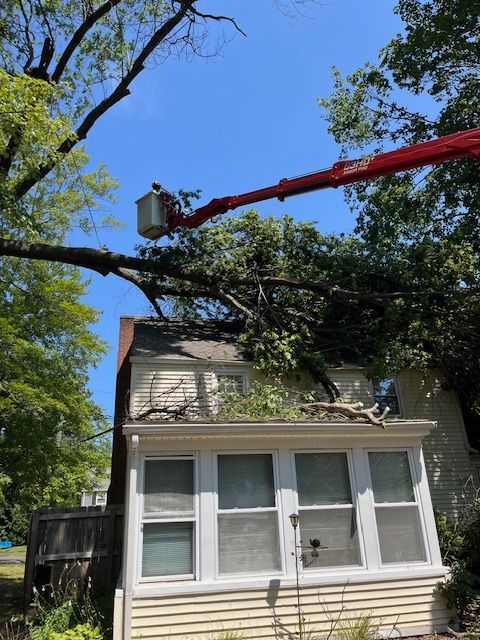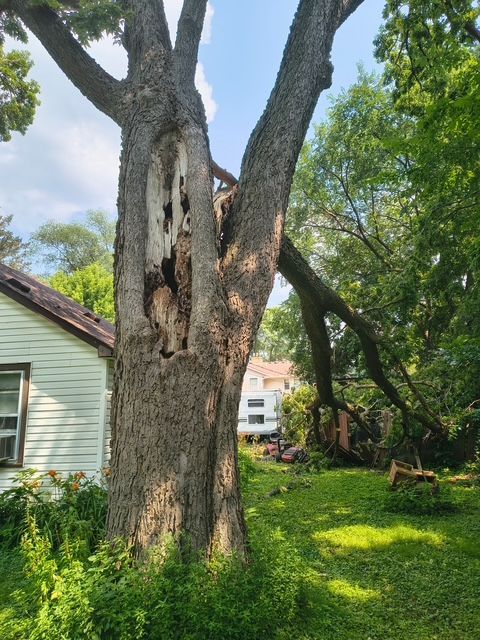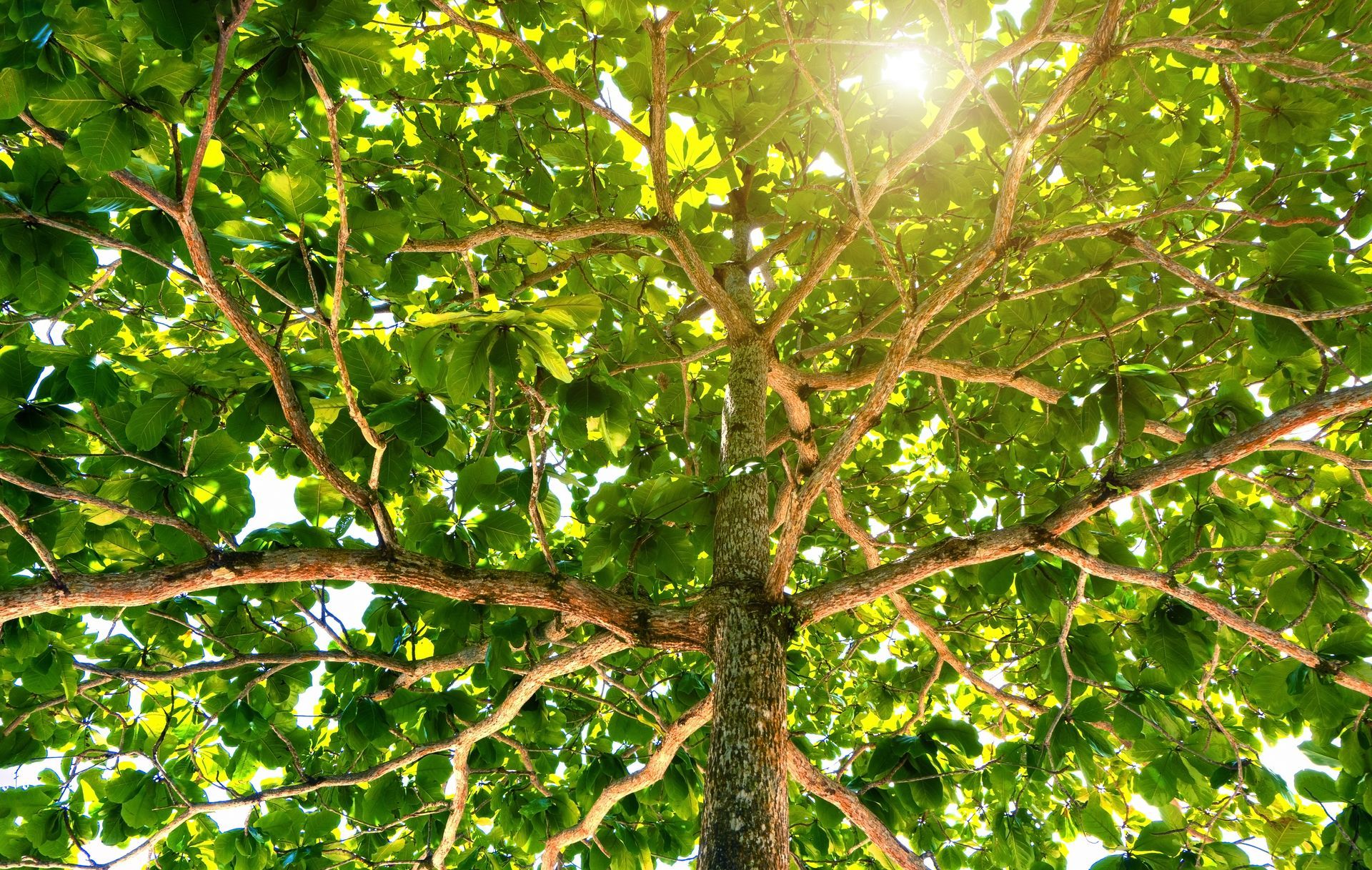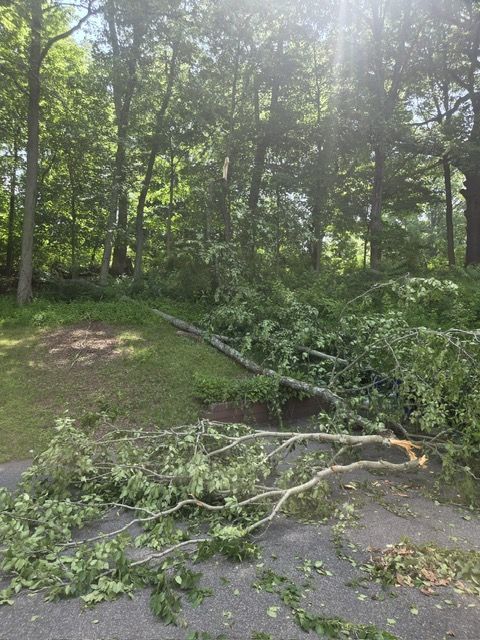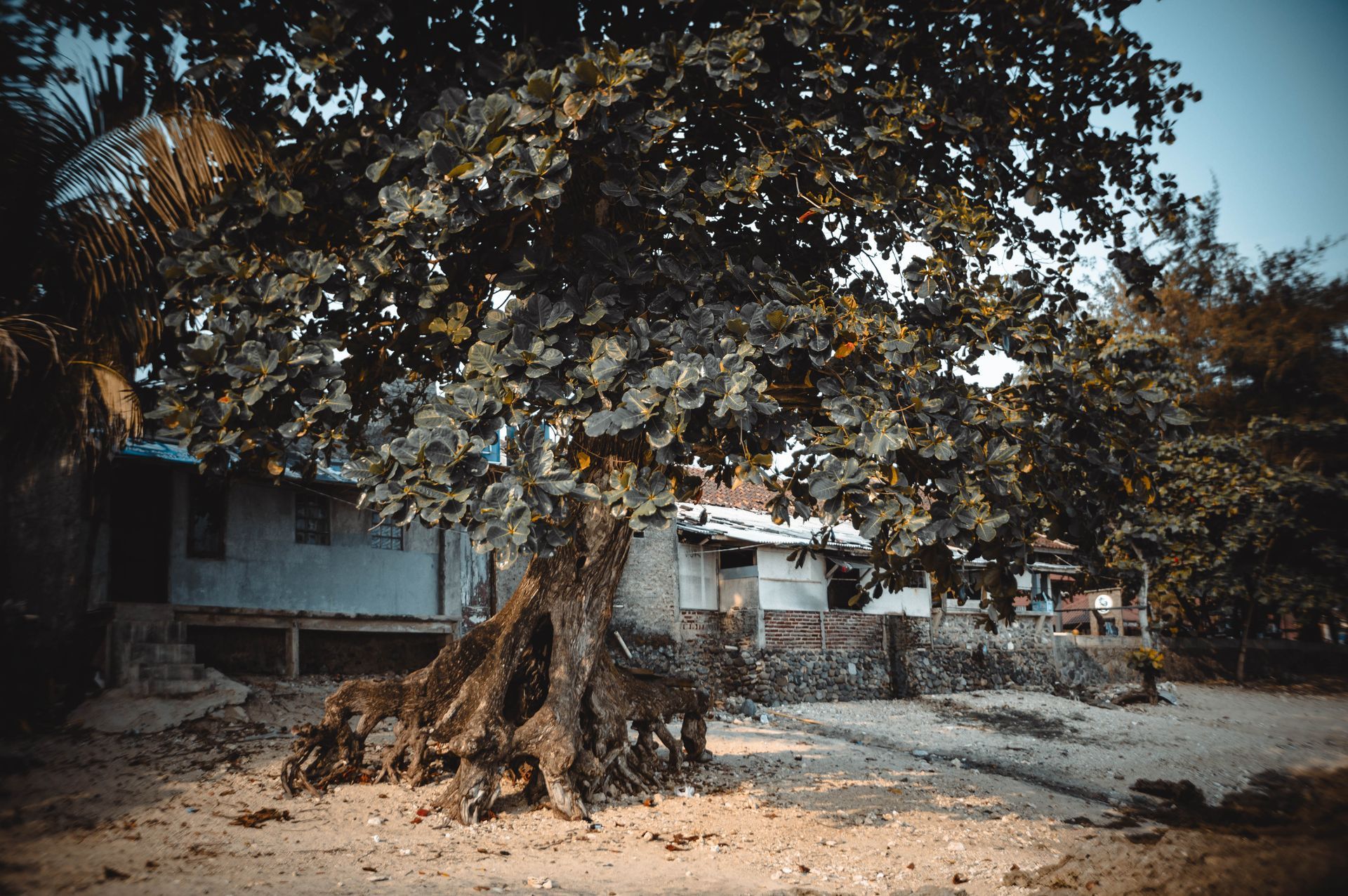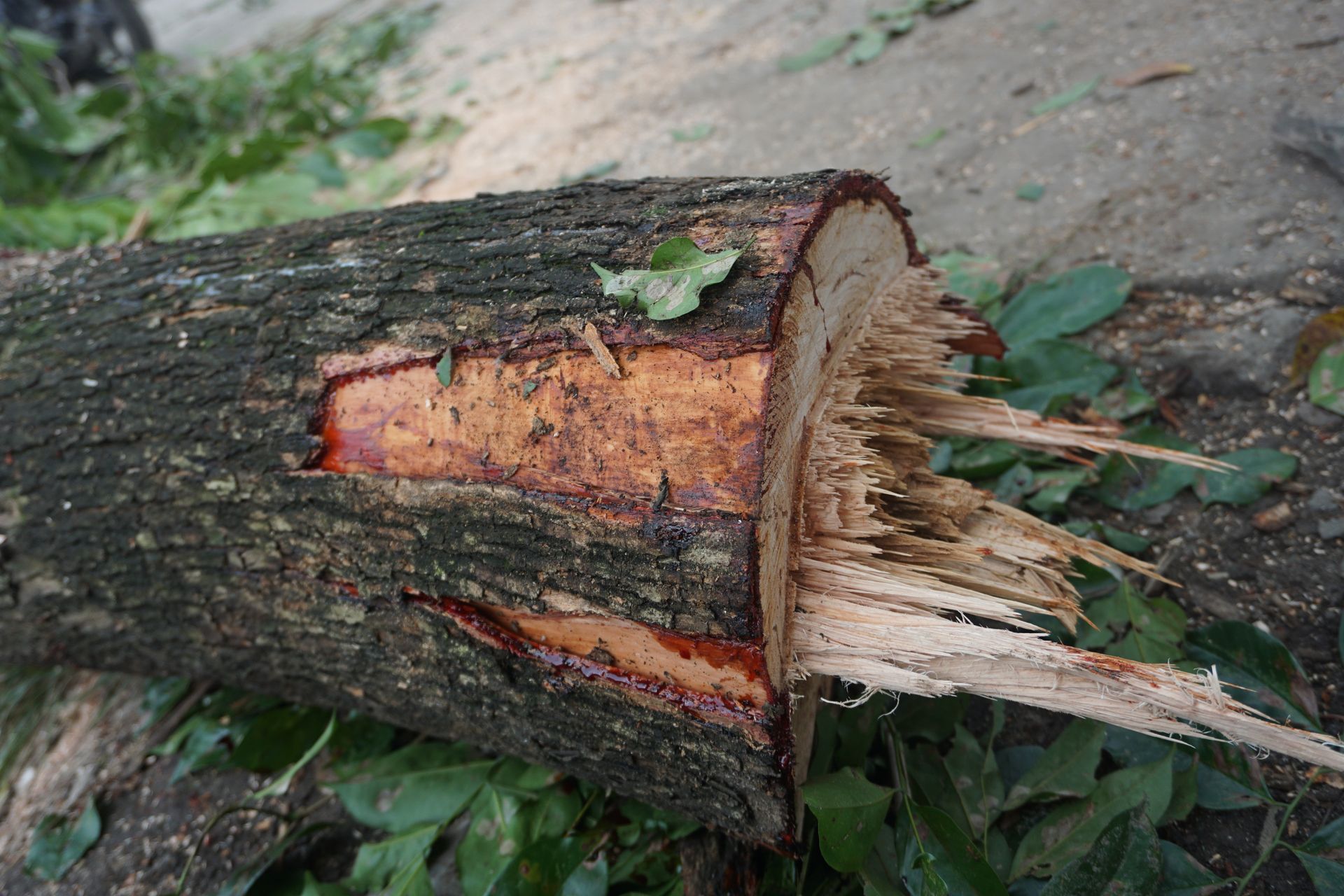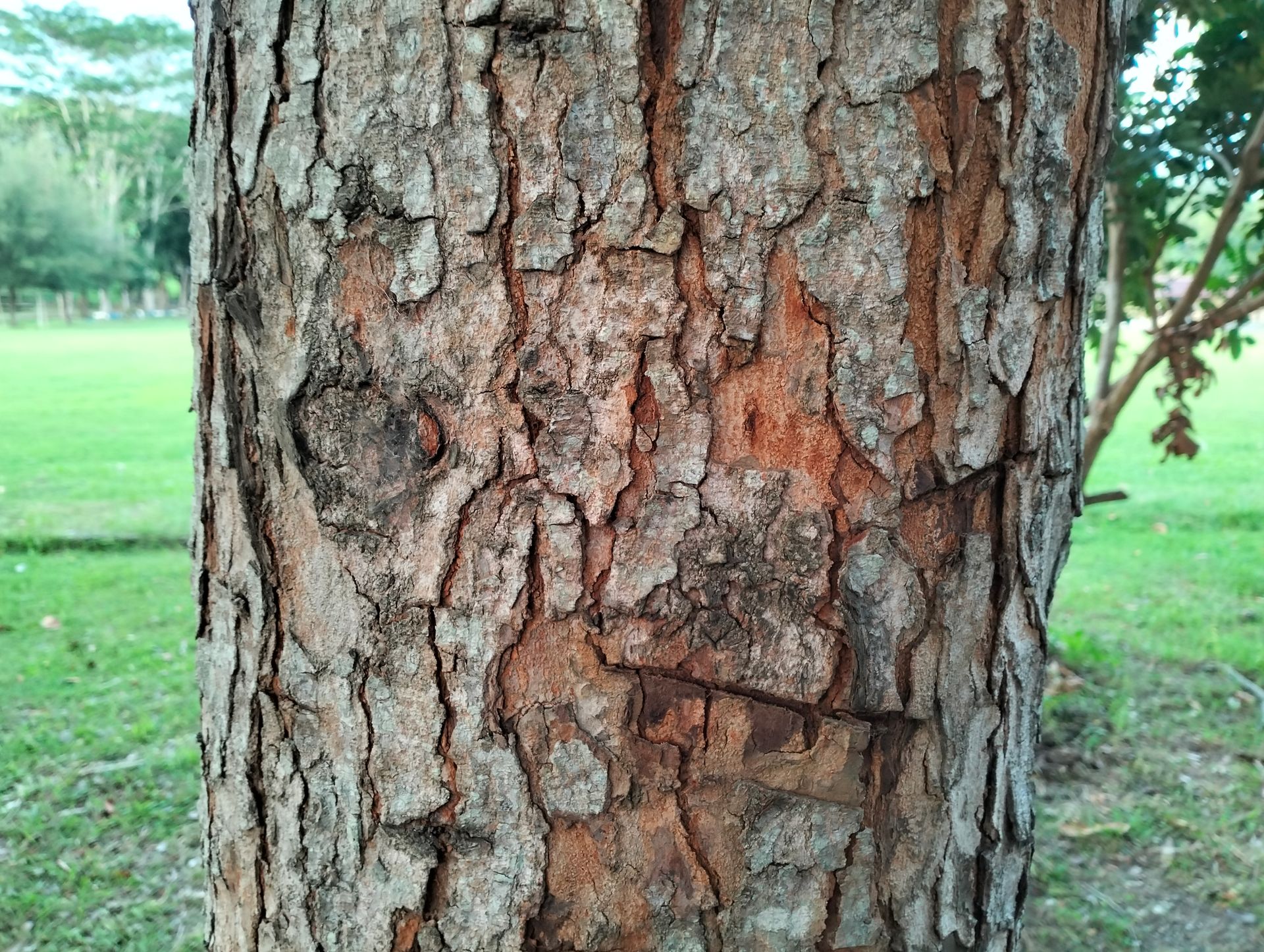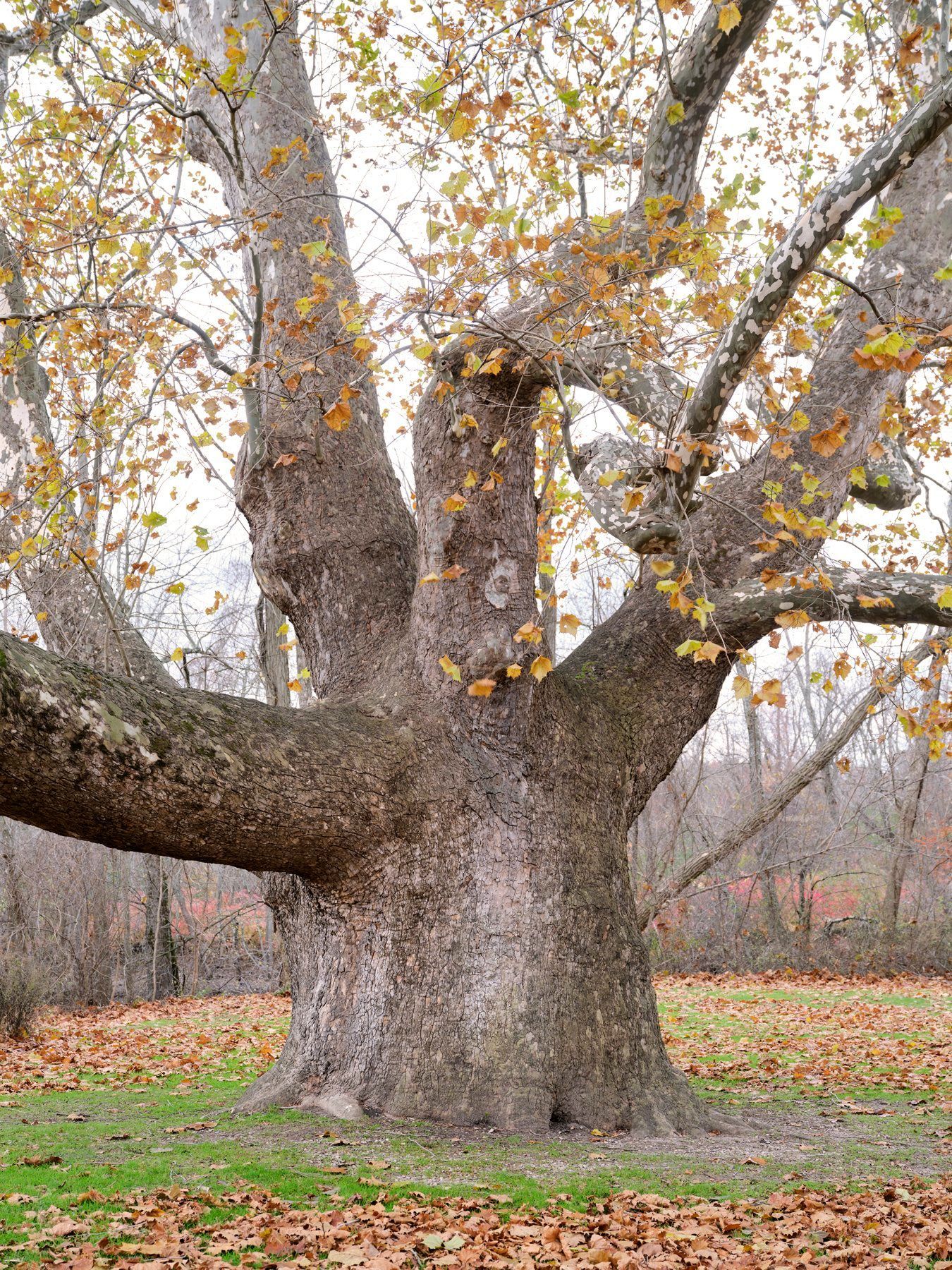Tips for Selecting the Best Tree for Your Landscape
Tips for Selecting the Best Tree for Your Landscape
Selecting the perfect tree for your landscape is a decision that can impact the aesthetic appeal and functionality of your outdoor space for years to come. Trees make your property look nicer while providing shade, improving air quality, and creating a habitat for wildlife. However, selecting the perfect tree involves carefully considering various factors to ensure it thrives in your environment. Here are some essential tips to help you choose the best tree for your landscape.
- Consider Your Climate
When picking a tree, it's important to think about your local climate. Different trees thrive in various climates, so choosing a species that can withstand your area's extreme temperatures, rainfall patterns, and humidity levels is crucial. For example, if you live in a region with hot summers and cold winters, look for hardy trees that can tolerate these conditions. Native trees are often the best choice, as they naturally adapt to the local environment.
- Determine the Purpose of the Tree
Before choosing a tree, consider what you want it to achieve in your landscape. Are you looking for shade, privacy, or a focal point? You may wish to a tree that produces fruit or flowers or attracts birds and other wildlife. Understanding why you want the tree will help you choose the right one for your needs. For example, consider a broad-canopied, large tree like an oak or maple if you need shade. If privacy is your goal, a fast-growing evergreen like a cypress or spruce might be ideal.
- Evaluate the Soil Type
The type of soil in your yard is also important when selecting a tree. Different trees have varying soil requirements, and planting a tree in unsuitable soil can lead to poor growth and health issues. Test your soil to find out its pH level, drainage capacity, and texture (clay, sand, loam, etc.). Select a tree species that fits well with your soil type. For example, birch trees prefer well-drained, slightly acidic soils, while willows thrive in moist, clayey soils.
- Consider the Mature Size of the Tree
It’s easy to overlook the mature size of a tree when selecting one for your landscape, but this is a crucial consideration. When planted, a tree that looks small and manageable can grow quite large, potentially causing problems if planted too close to buildings, power lines, or other structures. Before choosing a tree, research its expected height and spread at maturity, and ensure you have enough space to accommodate it. Consider the tree’s root system, as some trees have invasive roots that can damage foundations, sidewalks, and underground utilities.
- Factor in Maintenance Requirements
Different trees need different amounts of care, so pick one that matches how much time and effort you're willing to put into it. Some trees require regular pruning, watering, and pest control, while others require low maintenance. If you prefer a low-maintenance landscape, opt for a disease-resistant, drought-tolerant tree that requires minimal pruning. For example, red maple trees are known for their low maintenance needs, while fruit trees may require more attention.
- Think About Seasonal Interest
Consider trees that offer seasonal interest to keep your landscape visually appealing throughout the year. Some trees provide beautiful spring blooms, vibrant fall foliage, or striking bark in the winter. For example, flowering dogwoods offer stunning spring blossoms and attractive red berries in the fall, while Japanese maples are famous for their vivid fall colors. Choosing trees with various seasonal characteristics allows you to enjoy a landscape that changes throughout the year.
Conclusion
Picking the right tree for your yard means thinking about things like the climate, soil type, and how big the tree will get when it's fully grown. By evaluating your needs and the specific conditions of your yard, you can choose a tree that will thrive and enhance your outdoor space for many years to come. Whether you want to add shade, privacy, or aesthetic appeal to your landscape, the right tree can make all the difference.
